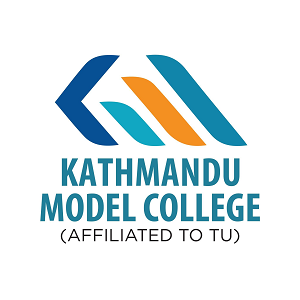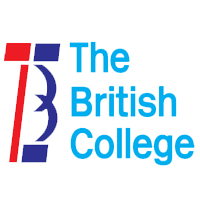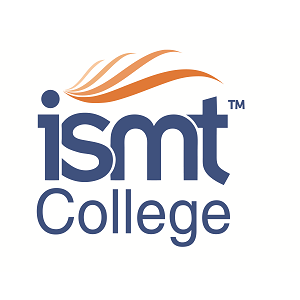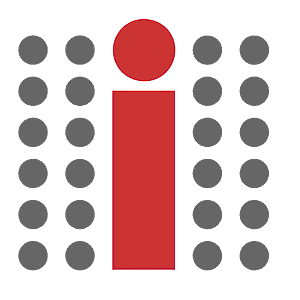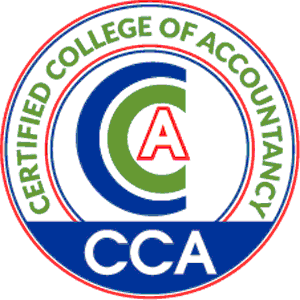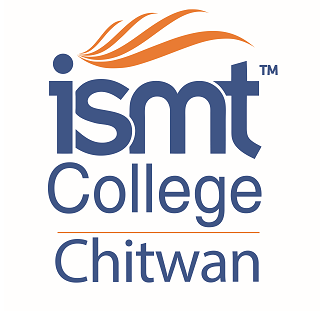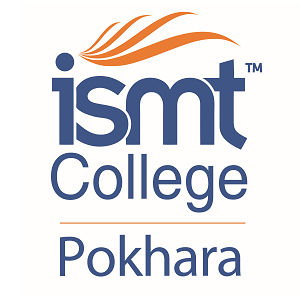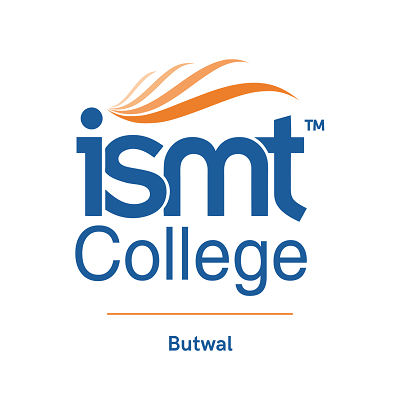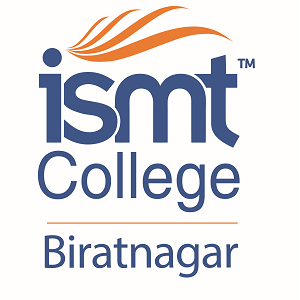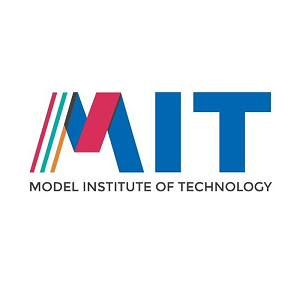Overview
PCL Nursing at Gaur Nursing Institute, Gaur-8 Rautahat
If you’re a SEE graduate or ANM aiming for a clear path to become a Staff Nurse, PCL Nursing at Gaur Nursing Institute (GNI) in Gaur-8, Rautahat gives you a structured three-year route under CTEVT.
Students often search for straightforward details on eligibility, seats, syllabus, exams, and career scope. This guide covers PCL Nursing, Gaur Nursing Institute, CTEVT, Nepal Nursing Council, Rautahat, Staff Nurse, eligibility, curriculum—so you can plan with confidence.
GNI is a CTEVT constituent school established in 2015 at Gaur-8, Rautahat, about 147 km southwest of Kathmandu by road and connected by air routes. Instruction began on March 1, 2016 (2072/11/17 BS) with 20 PCL Nursing students.
The School Management Board is chaired by the Chief District Officer of Rautahat. Under CTEVT, this school was the first in Nepal focused on producing certificate-level nursing manpower, and it plans to expand programs such as General Medicine, Medical Laboratory, Pharmacy, Ophthalmic Science, Cosmetic Science, and Nursing. The institute is recognized by the Nepal Nursing Council for nursing programs and offers 40 PCL Nursing seats each year.
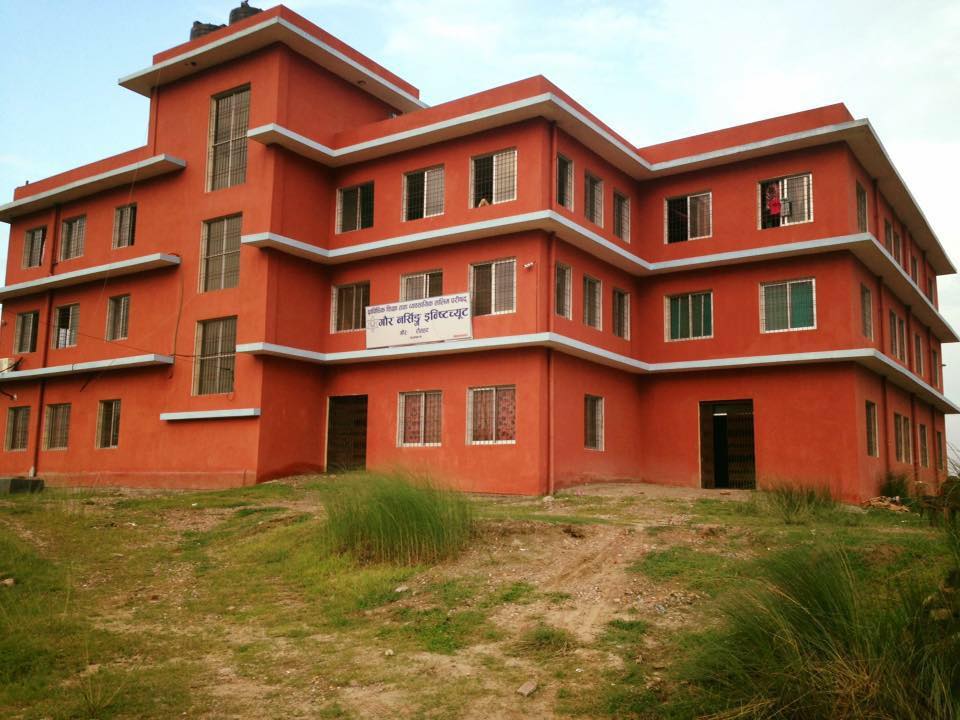
Overview
Start here if you’re shortlisting nursing options after SEE or ANM.
PCL Nursing is a three-year, yearly-system program that builds practical nursing competencies for hospital and community care. The current CTEVT curriculum sets the aims, entry criteria, group size, teacher–student ratios, attendance rules, assessments, and grading used by constituent schools like GNI.
Highlights
Glance through the key facts before you dive deeper.
-
Duration: Three academic years under a yearly system.
-
Group size per intake: up to 40 students.
-
Attendance: at least 90% in each subject to sit final exams.
-
Teacher–student ratios: 1:40 (theory), 1:10 (demonstration), 1:6–8 (hospital clinical), 1:10–12 (community).
-
Assessment: internal evaluation plus final exams; pass marks 40% in theory and 50% in practical.
-
Grading: Distinction ≥80%; First 65–<80%; Second 50–<65%; Pass = pass to <50%.
Curriculum Details
Here’s what you’ll study across three years.
First Year (Foundations and Community Basics)
-
Fundamental of Nursing (theory + clinical)
-
Community Health Nursing I (theory + practical)
-
Anatomy & Physiology
-
Basic Science Applied to Nursing (Pharmacology, Biochemistry, Microbiology)
-
English, Nepali
Structured theory with skill-lab and foundational clinical exposure prepares you for safe bedside care and community visits.
Second Year (Adult, Geriatric, Mental Health, Community II)
-
Medical–Surgical Nursing I & II (theory + practical)
-
Geriatric Nursing (theory + practical)
-
Mental Health and Behavioral Science (theory + practical)
-
Community Health Nursing II (theory + practical)
-
Social Science
Focus shifts to preventive, promotive, and therapeutic nursing for adults and older persons, plus mental health and public health practice.
Third Year (Midwifery, Child Health, Gynecological, Leadership)
-
Midwifery I–III (theory + practical)
-
Gynecological Nursing (theory + practical)
-
Child Health Nursing (theory + practical)
-
Leadership and Management (theory + practical)
Final-year postings consolidate maternity, pediatric, and ward-management skills, including supervision, documentation, and team coordination.
Objectives
Read this if you want clarity on what the program builds toward.
Graduates learn to provide preventive, promotive, curative, and rehabilitative care for individuals, families, and communities; apply the nursing process; communicate effectively; collaborate across services; and pursue further academic growth in nursing.
Scope
Wondering about relevance in Nepal’s health system?
PCL Nursing produces middle-level technical nurses required across government, community, and private facilities. The curriculum targets real service gaps in primary care, hospitals, and public health programs, preparing you for deployment in urban and rural settings.
Learning Outcomes
By the end of three years, students are able to:
-
Deliver safe, respectful bedside and community care using the nursing process.
-
Implement preventive and therapeutic measures; document and report clearly.
-
Communicate with patients, families, and teams; guide junior staff when needed.
-
Uphold ethical standards and professional accountability in practice.
Skill Development Modules
Hands-on practice matters when you first step into a ward.
Skill-lab and clinical postings train you in hygiene care, safe positioning, wound dressing, drug administration, IV care, oxygen therapy, sample collection, pre- and post-operative care, emergency first aid, and end-of-life care. Community postings add home visits, micro-health projects, and health education.
Teaching Methodology
Expect a mix of illustrated lectures, small-group work, demonstrations, simulations, guided and independent practice, clinical rotations, fieldwork, report writing, and case presentations. Practical learning uses skill labs and supervised ward/community postings to translate theory into patient care.
Admission Requirements
Worried about the entrance exam or eligibility? Start here.
-
SEE or SLC:
-
SLC (2nd division/45%) with English, Science, Mathematics; or
-
SEE with minimum GPA 2.0 and “C” in Compulsory English, Science, Mathematics.
-
-
ANM track: SLC + TSLC in ANM with minimum 68.33%.
-
Entrance: Pass the CTEVT entrance; selection is merit-based as per CTEVT rules.
-
Duration and attendance: Three years; maintain ≥90% attendance in each subject.
-
Medium: English and/or Nepali.
-
Intake size at GNI: up to 40 seats per year (institutional provision shared above).
Tip for applicants: Build basic numeracy for drug calculation, revise science fundamentals, and practice MCQ-style questions mapped to the CTEVT outline.
Career Opportunities
PCL Nursing graduates are eligible for positions equivalent to Non-gazetted 1st Class (technical) Staff Nurse roles per Public Service Commission norms, as well as registration with the relevant council as provisioned by law.
Common workplaces include government hospitals, community health facilities, birthing centers, private hospitals, NGOs, and public health programs.
Scholarships and Financial Aid
Funding provisions may change by policy year. GNI follows CTEVT/NNC standards and publishes seat, fee, and quota updates through official notices.
Applicants should check the institute office and current CTEVT guidelines for any reserved categories, government scholarships, or need-based support.
Why Choose This Course?
Read this if you’re comparing tracks like HA or ANM.
-
Structured yearly plan connects classroom, skill-lab, and supervised clinical practice.
-
Clear assessment scheme with transparent internal and final evaluations.
-
Defined career pathway to Staff Nurse roles and eligibility for further study (e.g., Bachelor of Nursing or equivalent as per university rules).
Conclusion
Students who want a grounded path into nursing practice can use this program to build confidence across bedside, community, and ward-management tasks.
Review the entry rules early, plan for steady attendance, and use the year-wise subject map to track progress from fundamentals to midwifery, pediatric, and leadership postings.
The structure helps you grow from basic procedures to full-shift responsibilities under supervision.
Resource
Council for Technical Education and Vocational Training (CTEVT), “Proficiency Certificate Level in Nursing (Three-year program—Yearly System), Developed 2013; First Revision 2018.”


